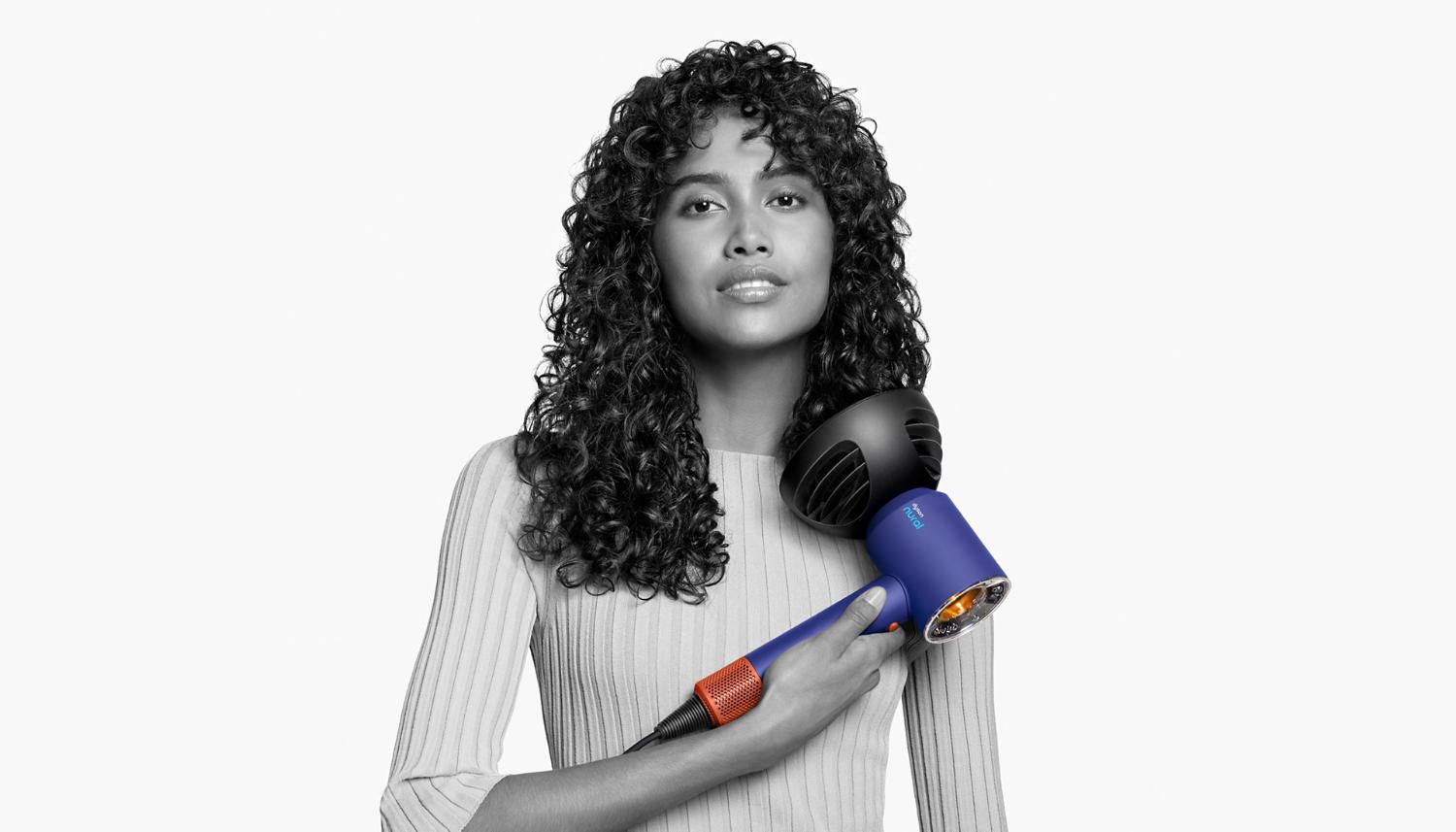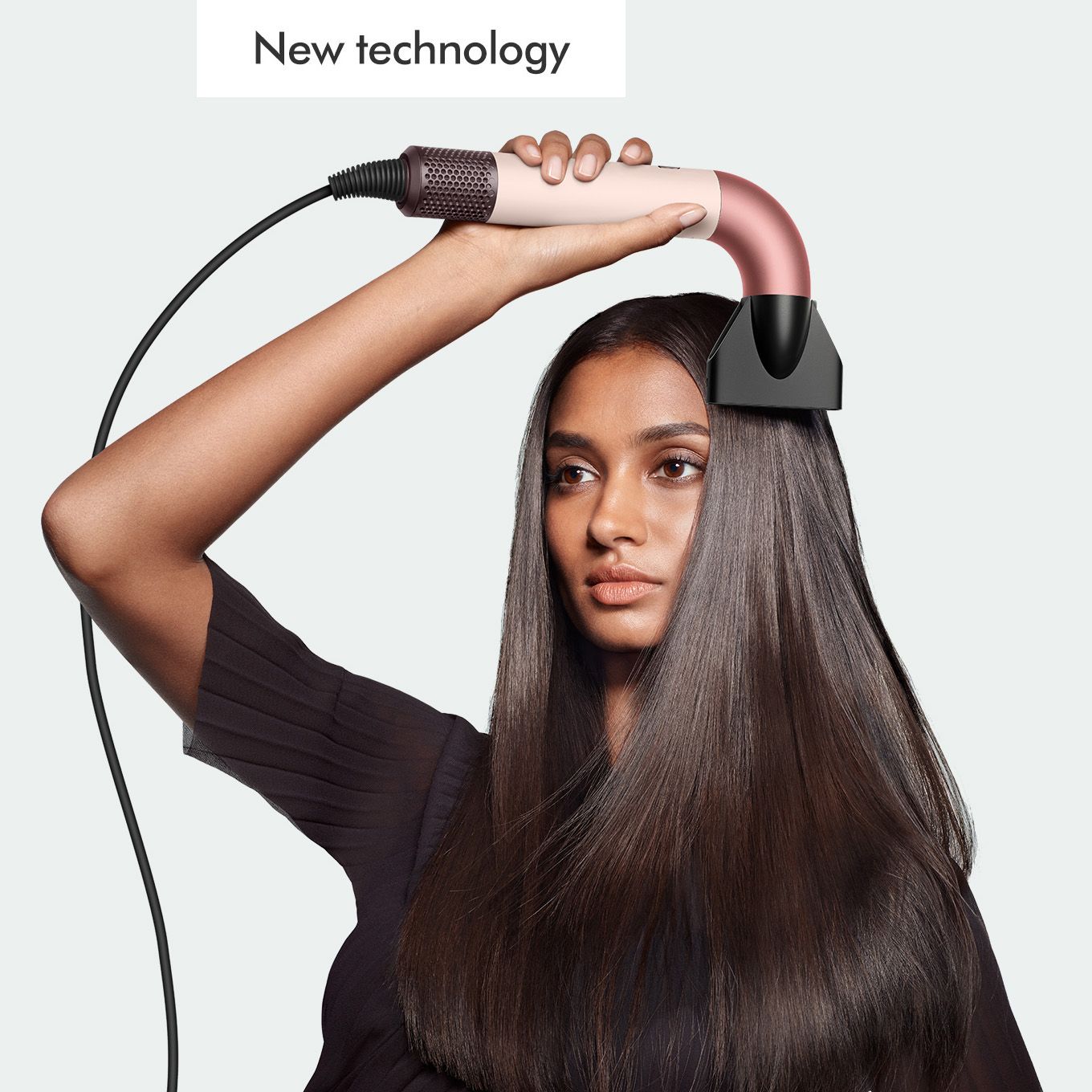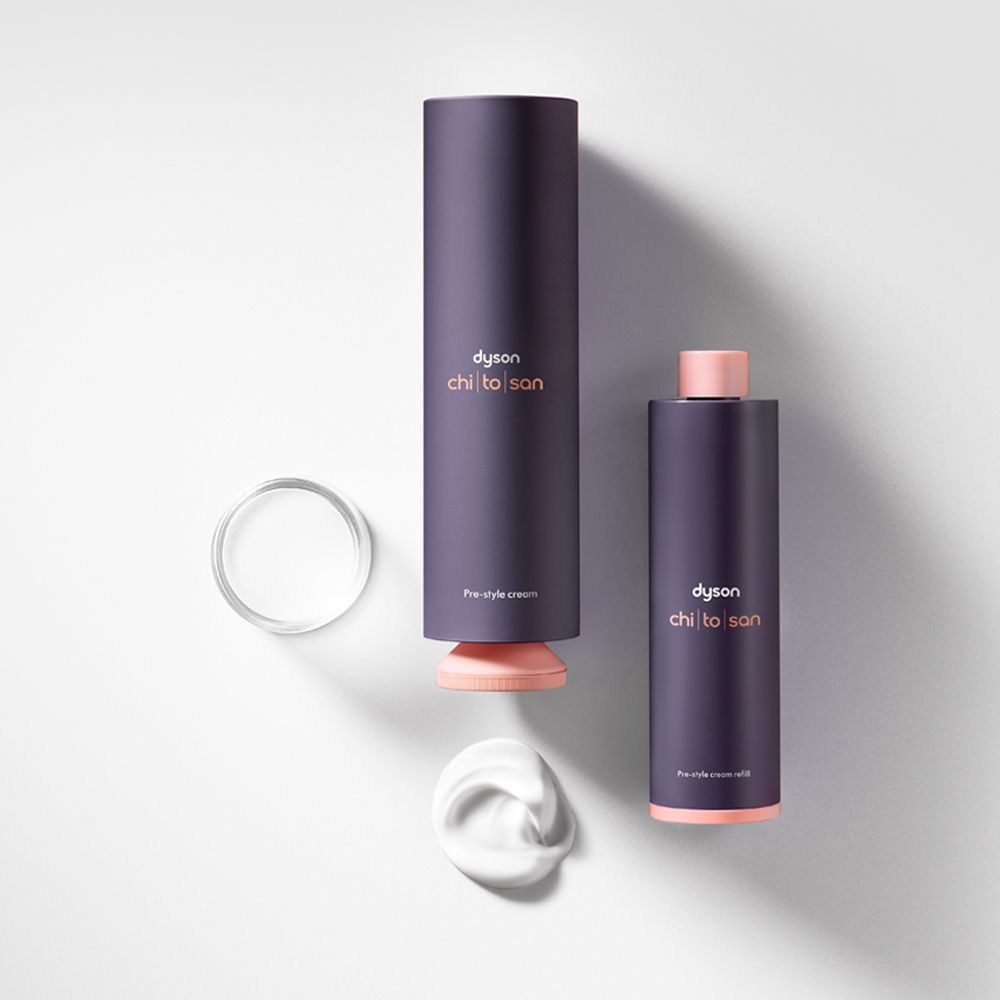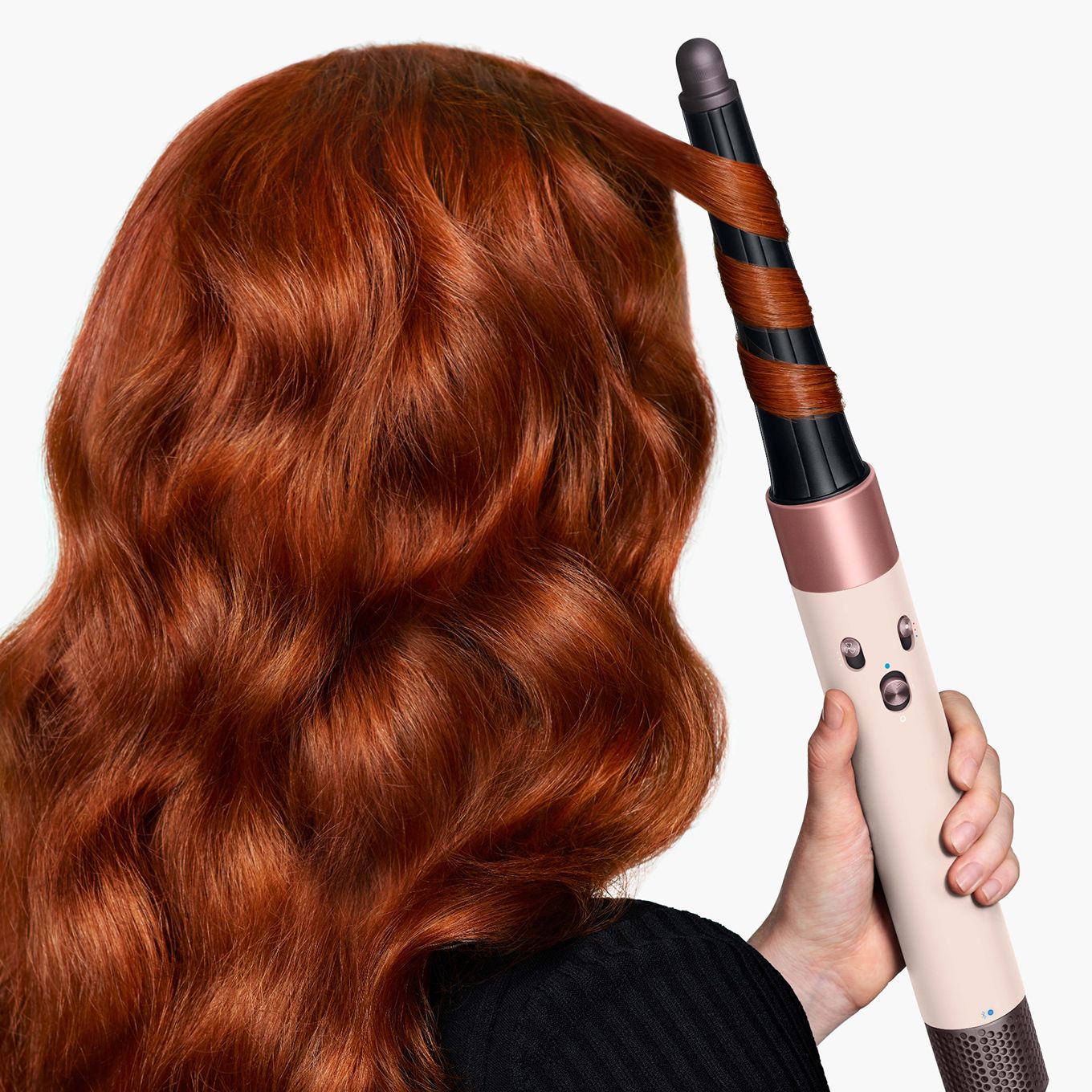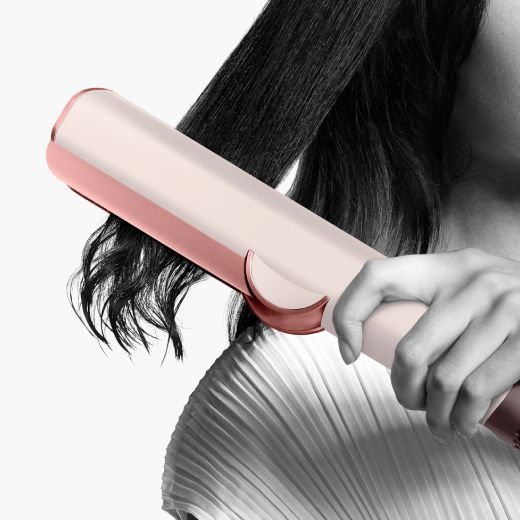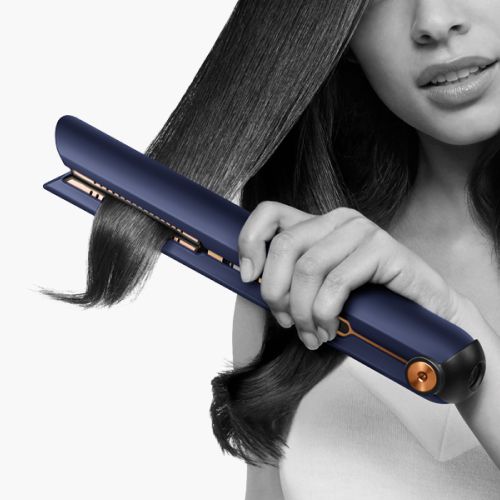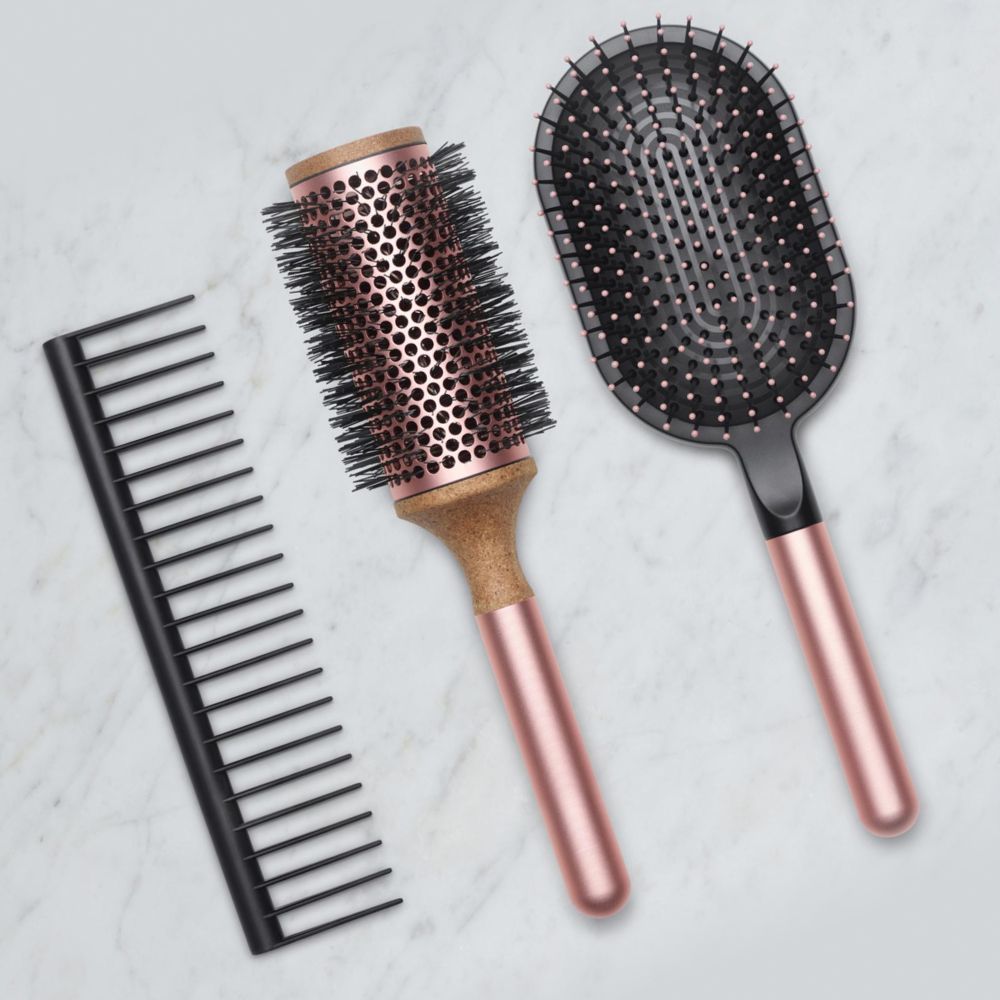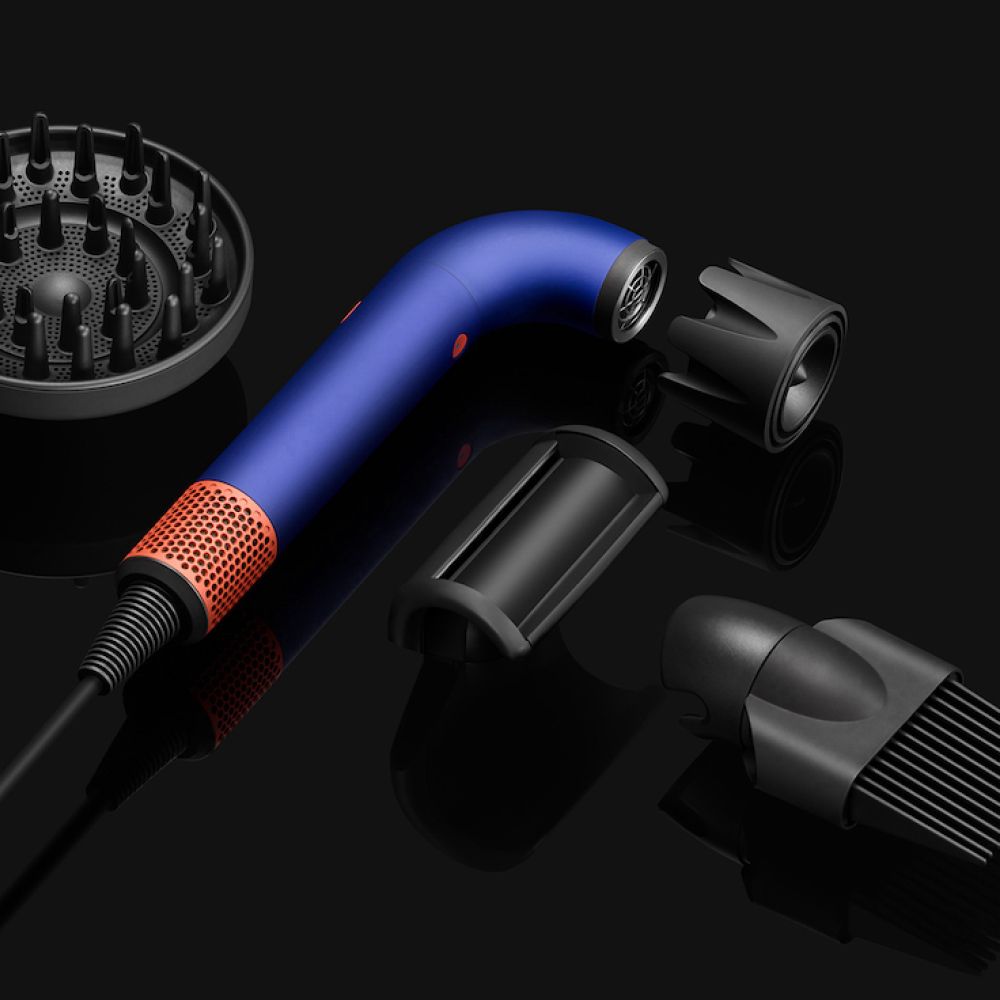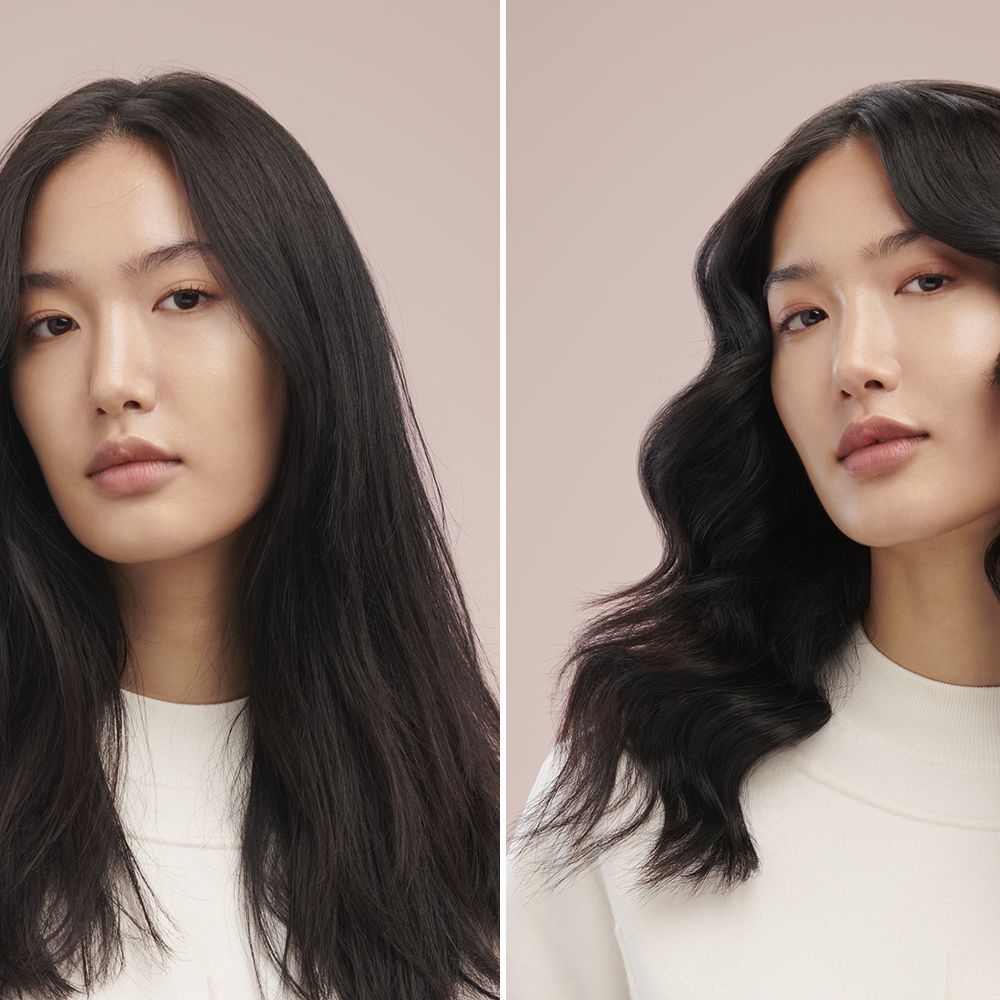Insights | Hair | Science
How fast does hair grow?
Hair growth is a fascinating biological process that varies significantly between individuals. While many factors influence how quickly your hair grows, scientific research has established clear averages and identified the key mechanisms behind hair growth. Understanding these fundamentals can help you set realistic expectations for hair growth and make informed decisions about hair care and styling tools.
According to the American Academy of Dermatology, human scalp hair grows at an average rate of approximately 0.5 inches (1.25 cm) per month, which translates to about 6 inches (15 cm) per year¹. However, this rate can vary considerably based on genetics, age, health status, and environmental factors.
The science behind hair growth
The hair growth cycle explained
Hair growth follows a predictable cycle consisting of three distinct phases:
- Anagen (Growth Phase): This active growth phase typically lasts 2-7 years, with approximately 85-90% of scalp follicles in anagen at any given time. During this phase, hair grows about 1 cm monthly².
- Catagen (Transition Phase): A brief 2-3 week period where growth ceases and the follicle detaches from its blood supply².
- Telogen (Resting Phase): Lasting 3-6 months, hairs remain dormant before shedding. About 10-15% of follicles are in this phase at any time².
The length of the anagen phase primarily determines your maximum hair length. Individuals with longer anagen phases can grow longer hair, while those with shorter cycles may struggle to achieve significant length regardless of care routines.
Biological factors affecting growth rate
Several biological factors influence how quickly your hair grows:
- Age: Growth rates decline by approximately 0.5% annually after age 30 due to reduced follicular activity and diminished nutrient delivery².
- Genetics: Your genetic makeup significantly determines your hair's growth rate, thickness, and texture. Ethnicity plays a role too—Asian hair follicles typically exhibit longer anagen phases, leading to faster growth compared to Caucasian or African hair types².
- Hormones: Androgens like dihydrotestosterone (DHT) can shorten anagen phases in genetically susceptible individuals, accelerating hair thinning and loss³.
External factors that influence hair growth
Nutrition and diet
The building blocks for hair growth come directly from your diet. Hair is primarily composed of a protein called keratin, making protein intake crucial for healthy growth. Research indicates that deficiencies in the following nutrients can significantly impact hair growth:
Protein: Essential for keratin production and follicle health
Iron: Critical for oxygen transport to follicles
Biotin: Supports keratin infrastructure
Vitamins A, C, D, and E: Contribute to cellular growth and antioxidant protection
Zinc: Supports tissue growth and repair⁴
Stress and lifestyle factors
Chronic stress elevates cortisol levels, which can trigger telogen effluvium—a condition where up to 70% of hairs prematurely enter the resting phase³. This disruption can significantly reduce overall growth rates and lead to noticeable thinning.
Sleep quality, exercise habits, and smoking also impact hair growth through their effects on circulation, hormone balance, and cellular health. Improving these lifestyle factors can create more favorable conditions for optimal hair growth.
Hair care practices that affect growth
Heat styling and damage prevention
Excessive heat styling can damage the hair shaft, leading to breakage that makes achieving length difficult. Even worse, damaged hair is irreversible. That’s why using tools with intelligent heat control, like the Dyson Supersonic Nural™ hair dryer with its digital motor and microprocessor-controlled heat settings, can help minimize damage while styling.
The Dyson Airwrap™ multi-styler and dryer utilizes the Coanda effect to style with air rather than extreme heat, helping to protect hair from heat damage that can impede length retention. Its intelligent heat control measures airflow temperature over 40 times per second to prevent extreme heat damage.
Scalp health and circulation
A healthy scalp environment promotes optimal growth conditions. Research shows that inflammation from conditions like seborrheic dermatitis can impede follicular function, reducing growth rates⁵. Regular scalp care, including gentle cleansing and massage to stimulate blood flow, can support healthy growth cycles.
Recent scientific advances in hair growth research
Protein regulation and follicle health
A 2025 study published in Nature Communications identified MCL-1, a protein critical for maintaining hair follicle stem cell viability. In research models, MCL-1 deficiency led to stem cell apoptosis and irreversible hair loss, while its preservation extended anagen phases⁶. Though preliminary, this discovery highlights potential pathways for treating various forms of hair loss and potentially enhancing growth rates.
Advanced treatment approaches
Clinical trials of topical formulations have shown promising results. In a six-month randomized trial, a peptide-rich topical solution increased anagen hair count by 42.39% and hair thickness by 42.58% in 73.33% of participants⁵. These advancements suggest that targeted treatments may help optimize the growth cycle.
Practical ways to optimize hair growth
Evidence-based care routines
While you cannot drastically change your genetically determined growth rate, you can optimize conditions for healthy growth:
- Minimize mechanical damage: Reduce tension from tight hairstyles and rough brushing that can lead to breakage.
- Protect from environmental stressors: Shield hair from UV radiation and pollution, which can damage the hair shaft and impede growth.
- Regular trims: While cutting hair doesn't make it grow faster (a common myth), trimming can prevent split ends from traveling up the shaft, which helps maintain length.
- Gentle styling: Use styling tools designed with hair health in mind. The Dyson Corrale™ straightener features flexing plates that shape around your hair, gathering it neatly with each pass. This engineering innovation requires less reliance on heat helping to reduce damage from extreme heat.
Professional treatments
For those experiencing significantly slowed growth or thinning, professional interventions may help. Treatments like low-level laser therapy have shown efficacy in stimulating follicular activity and extending the anagen phase in clinical studies⁷.
Common myths about hair growth
Several persistent myths about hair growth deserve clarification:
- Myth: Cutting hair makes it grow faster.
Fact: Hair growth occurs at the follicle level within the scalp. Cutting the ends has no effect on the biological processes occurring at the root. - Myth: Brushing hair 100 strokes daily stimulates growth.
Fact: Excessive brushing can actually cause mechanical damage and breakage. Gentle detangling is sufficient. - Myth: Certain products can dramatically speed up growth rate.
Fact: While some ingredients may support healthy growth conditions, the genetically determined rate cannot be significantly altered by topical products.
How to measure your personal hair growth rate
To understand your individual growth rate:
Start with freshly trimmed hair with a clear line.
Measure from a fixed point (like a part or hairline) to the ends.
Wait 30 days, then measure again from the same point.
The difference represents your monthly growth rate.
This simple tracking method can help you establish realistic expectations for length goals and evaluate whether interventions are having a positive effect.
Dyson: optimal engineering for hair
Hair typically grows at approximately half an inch per month, though this rate varies based on genetics, age, health, and environmental factors. While you cannot dramatically alter your natural growth rate, you can optimize conditions for healthy growth through proper nutrition, stress management, and gentle hair care practices.
Understanding the science behind hair growth allows you to make informed decisions about hair care routines and styling tools. By focusing on hair health and using technologies designed to minimize damage, like Dyson's hair care range with intelligent heat control, you can help your hair reach its growth potential while maintaining its strength and appearance.
Creating long-lasting styles doesn't have to come at the expense of hair health. Learn more about creating long lasting styles with the Dyson Chitosan™ range for techniques that support healthy hair while achieving your desired look.
Read more
-
Insights | Hair | Hair styles
-
Insights | Hair | Styles
-
Insights | Hair | Styles
Discover Dyson
- American Academy of Dermatology (2024). Hair Growth and Loss: What Dermatologists Want You to Know. Available at: https://www.aad.org/public/diseases/hair-loss/insider/growth (Accessed April 2025)
- Scandinavian Biolabs (2025). Why Does My Hair Grow So Slow? Available at: https://scandinavianbiolabs.com/blogs/journal/why-does-my-hair-grow-so-slow (Accessed April 2025)
- DiagnosTechs (2025). How Stress & Hormonal Imbalances Cause Hair Loss. Available at: https://www.diagnostechs.com/2025/04/06/how-stress-hormonal-imbalances-cause-hair-loss/ (Accessed April 2025)
- L'Oreal Paris (2025). How To Grow Hair Faster: Tips For Growth. Available at: https://www.lorealparisusa.com/beauty-magazine/hair-care/all-hair-types/how-to-grow-hair-faster (Accessed April 2025)
- OneSkin (2025). Rooted in Science: The Clinical Evidence Supporting OS-01 HAIR. Available at: https://www.oneskin.co/blogs/reference-lab/rooted-in-science-the-clinical-evidence-supporting-os-01-hair (Accessed April 2025)
- Science Focus (2025). Balding Study Protein. Available at: https://www.sciencefocus.com/news/balding-study-protein (Accessed April 2025)
- PMC (2025). Evaluation of Low-Level Laser Therapy for Hair Growth Enhancement. Available at: https://pmc.ncbi.nlm.nih.gov/articles/PMC12038312/ (Accessed April 2025)
Disclaimer
The information provided in this article is not intended as a product claim. Refer to individual Dyson models for specific capture claims.
The contents of dyson.com, such as text, graphics, images, and other materials created by Dyson or obtained from Dyson licensors, and other materials contained on the Dyson.com Site (collectively, "Content") are for informational purposes only. The Content is not intended to be a substitute for professional medical advice, diagnosis, or treatment. Always seek the advice of your physician or other qualified health provider with any questions you may have regarding a medical condition. Never disregard professional medical advice or delay in seeking it because of something you read on the Dyson.com Site!
Dyson does not recommend or endorse any specific tests, physicians, products, procedures, opinions, or other information that may be mentioned on the Site. Reliance on any information provided by Dyson, Dyson employees, others appearing on the Site at the invitation of Dyson, or other visitors to the Site is solely at your own risk.
Press contacts
-
USA
Emails us at USPR@Dyson.com
1330 West Fulton Street, 5th Floor, Chicago IL, 60607
-
Social media
- Twitter: @dyson
- YouTube: youtube.com/dyson
- Facebook: facebook.com/dyson
- Instagram: @Dyson
- Instagram: @dysonbeauty
- LinkedIn: Dyson
- Pinterest: Dyson Technology

